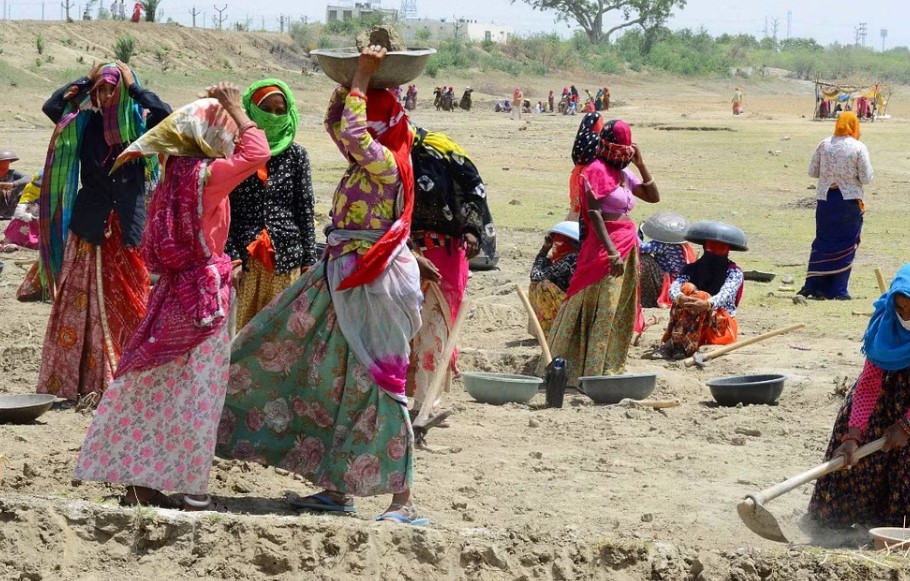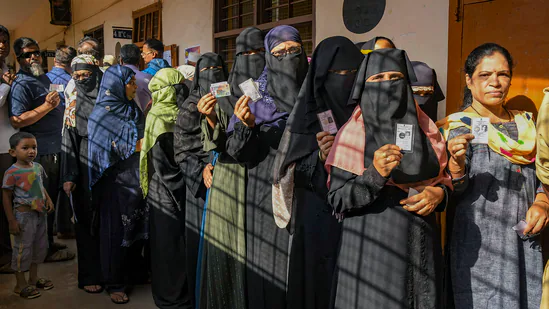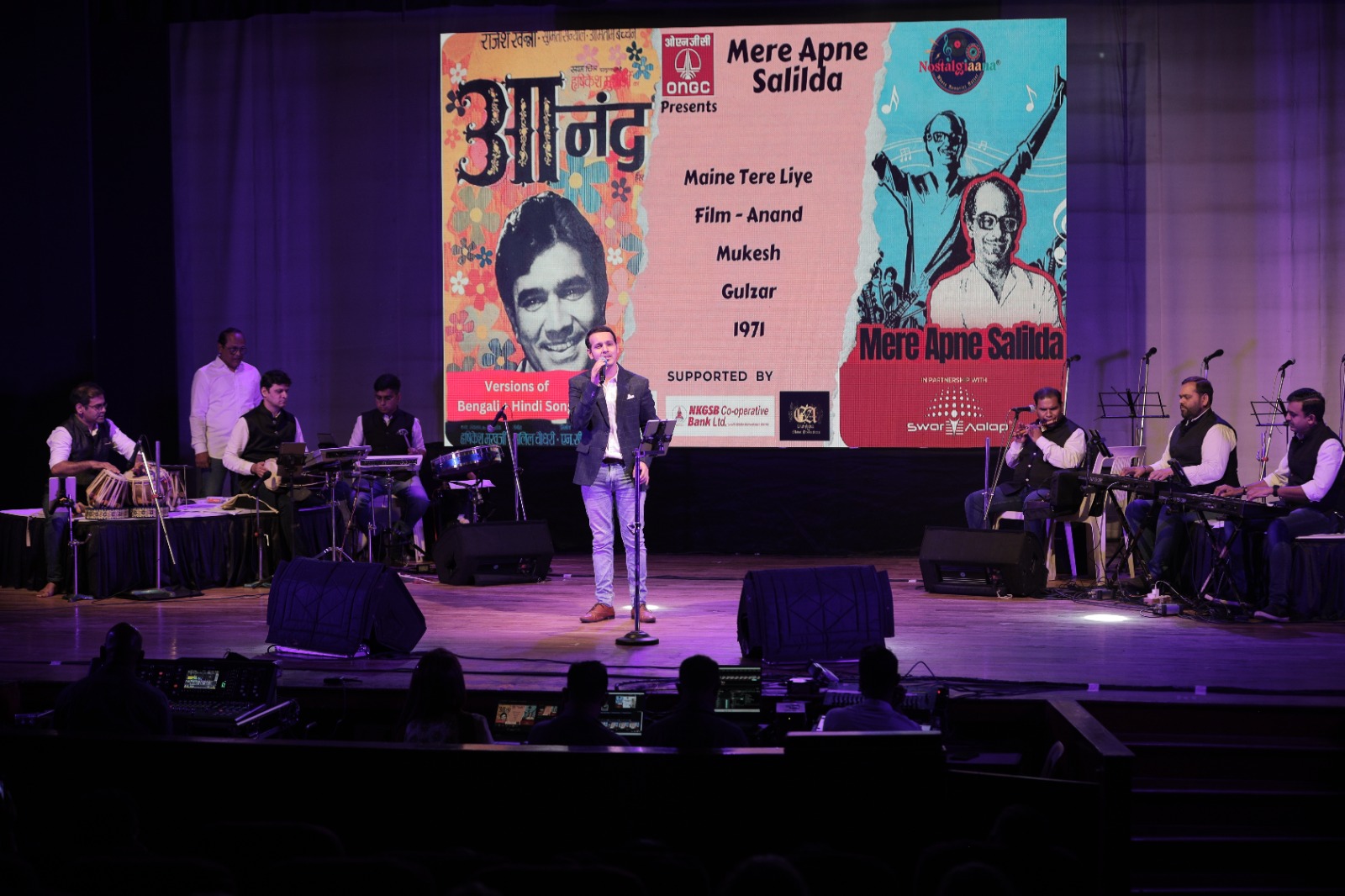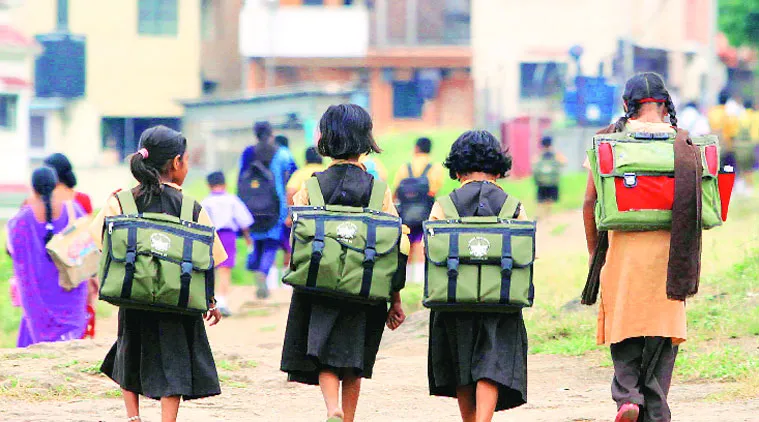PM flays MGNREGA despite it helping millions
Declaring to continue a scheme which he did not believe in, only to put the previous government in a bad light, was unbecoming of the Prime Minister of world’s largest democracy
-
The Covid-19 pandemic increased the demand for MGNREGA, making it a crucial source of employment for millions of migrant workers who returned to their villages. PHOTO: PTI
In 2015, Prime Minister Narendra
Modi criticised Mahatma Gandhi National Rural Employment Guarantee Act
(MGNREGA), a flagship programme of Congress-led UPA government in Parliament.
Modi said, "After 60 years in power, all that you (Congress) were able to
deliver for the poor is to dig ditches a few days every month. My political
instinct tells me that MGNREGA should not be discontinued, because it is a
living memorial of your failures." As treasury bench cheered, little did
they know that this scheme would become a lifeline for millions of rural
households.
MGNREGA is a welfare scheme
introduced in 2005 that guarantees a minimum of 100 days of wage employment to
at least one member of a rural household. It became the largest employment
generation scheme in the world, which provides unskilled manual work such as
road building, digging wells and other infrastructure projects. Roads, revival
of water bodies, irrigation canals, improving water storage and construction of
public utility facilities also come under MGNREGA.
By mocking the programme, Modi
seemed naïve in his thinking and arrogant in his approach. Declaring to
continue a scheme which he did not believe in, only to put the previous
government in a bad light, was unbecoming of the Prime Minister of world’s largest
democracy.
In July 2019, then agriculture minister
Narendra Singh Tomar informed Lok Sabha that the Modi government was not in
favour of continuing the scheme. It has been five years since his statement,
and yet MGNREGA continues to grow in popularity and Budget allocation. From a
Budget of Rs 33,000 crore in 2013-14 during the UPA regime, the allocation rose
to Rs 60,000 crore in 2019-20, and Rs 86,000 crore in 2024.
MGNREGA has been the most
sought-after scheme for both Union and state governments in the last few years
due to the unprecedented job crisis.
The Covid-19 pandemic increased
the demand for MGNREGA, making it a crucial source of employment for millions
of migrant workers who returned to their villages.
Modi had called the programme a
"monumental failure". On the contrary, in 2020-21, MGNREGA
expenditure shot up to Rs 1.11 lakh crore against the Budget allocation of Rs
61,500 crore. Unfortunately, in politics very rarely one shows the magnanimity
to accept mistakes and apologise for unfair criticism, but fortunately, data
speaks the truth.
Today, out of 34 crore MGNREGA
workforce, North-East India leads in the active workforce with 75-89 per cent
of participation, followed by Odisha, Tamil Nadu, Uttar Pradesh, Madhya
Pradesh, and Uttarakhand with 60 to 76 per cent participation. Furthermore,
despite Modi's criticism, BJP-led state governments, including Uttar Pradesh,
Gujarat, Odisha, Madhya Pradesh, Assam, Maharashtra and Arunachal Pradesh, are
the top-performing states in MGNREGA wage disbursements.
In 2014, a World Bank report
recognised MGNREGA as an "innovative practice" that promotes
financial inclusion, spreads awareness of rights and promotes dignity. The
scheme has also aligned with the United Nations' Sustainable Development Goals
(SDGs) by fulfilling eight out of the 17 SDGs set by the United Nations.
The most impactful achievement of
MGNREGA is taking "jobs to people", which has reduced migration of
unskilled workforce to cities — leading to
exodus in rural areas. It also reduces urban poverty and inhuman living
conditions. MGNREGA is an ideal platform to upskill the workforce through
various other government schemes.
India needs MGNREGA to encourage
and incentivise industries to set up operations where people and resources are
available. "People to jobs" is not necessarily the only option as the
work-from-home concept has proven to be an efficient alternative to traditional
migration to bigger cities for employment. Therefore, the government should
frame aggressive and implementable policies to support industries in every
district. This will help address the challenges of skewed development, poor
quality education, lack of access to healthcare facilities, and lower women's
participation in the workforce. By taking "jobs to people" instead of
"people to jobs", we can reduce the need for people to move to jobs
and achieve the SDGs for a prosperous India and a better world.
Kavitha Reddy
is KPCC General Secretary, and the author's views are personal
Leave a Reply
Your email address will not be published. Required fields are marked *
hzfkvkxfr
SALAR NEWS <a href="http://www.g3g4wfo9a03rw38a82r83872knggf1m3s.org/">ahzfkvkxfr</a> [url=http://www.g3g4wfo9a03rw38a82r83872knggf1m3s.org/]uhzfkvkxfr[/url] hzfkvkxfr http://www.g3g4wfo9a03rw38a82r83872knggf1m3s.org/
jqqfidmdej
SALAR NEWS <a href="http://www.gx3u498p74za48lgct14rv5311npw6m4s.org/">ajqqfidmdej</a> jqqfidmdej http://www.gx3u498p74za48lgct14rv5311npw6m4s.org/ [url=http://www.gx3u498p74za48lgct14rv5311npw6m4s.org/]ujqqfidmdej[/url]
odexdefkpg
SALAR NEWS [url=http://www.g11la5rm37741wijp36n6900r1mlw2yas.org/]uodexdefkpg[/url] <a href="http://www.g11la5rm37741wijp36n6900r1mlw2yas.org/">aodexdefkpg</a> odexdefkpg http://www.g11la5rm37741wijp36n6900r1mlw2yas.org/
cwzzbytfx
SALAR NEWS <a href="http://www.gn0p37723edyil4h56y65q840jx6te4vs.org/">acwzzbytfx</a> cwzzbytfx http://www.gn0p37723edyil4h56y65q840jx6te4vs.org/ [url=http://www.gn0p37723edyil4h56y65q840jx6te4vs.org/]ucwzzbytfx[/url]
wqrvwxpiqb
SALAR NEWS wqrvwxpiqb http://www.g2f22s2axb7678o2gj8589d5k0yxw3nus.org/ <a href="http://www.g2f22s2axb7678o2gj8589d5k0yxw3nus.org/">awqrvwxpiqb</a> [url=http://www.g2f22s2axb7678o2gj8589d5k0yxw3nus.org/]uwqrvwxpiqb[/url]









